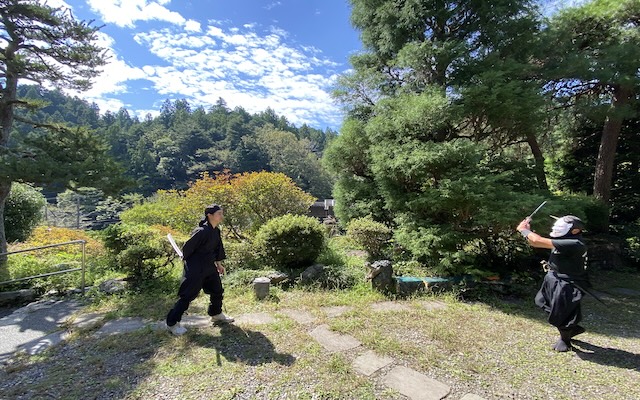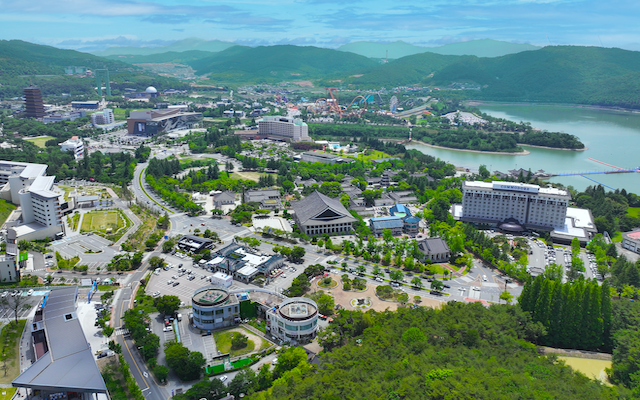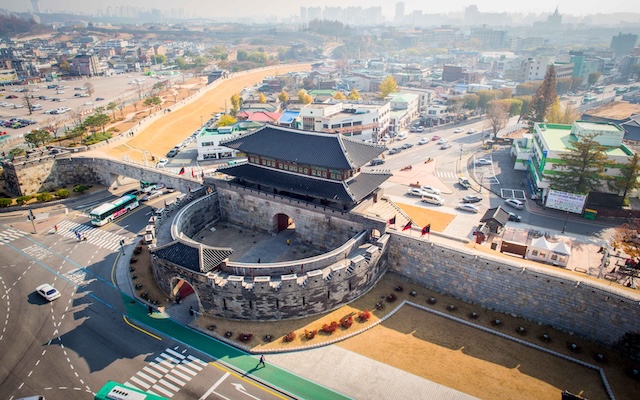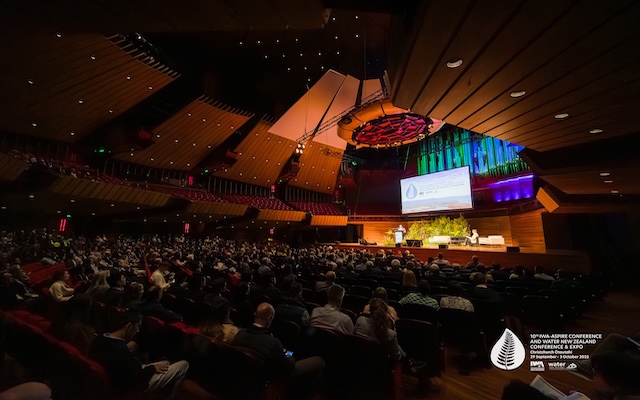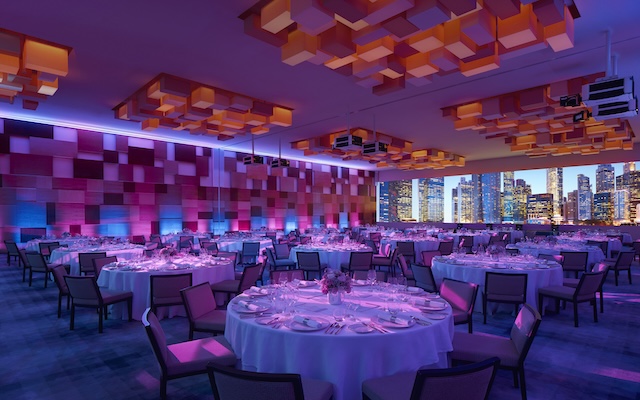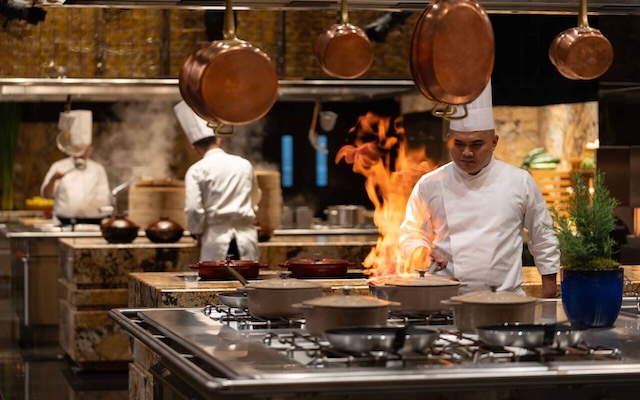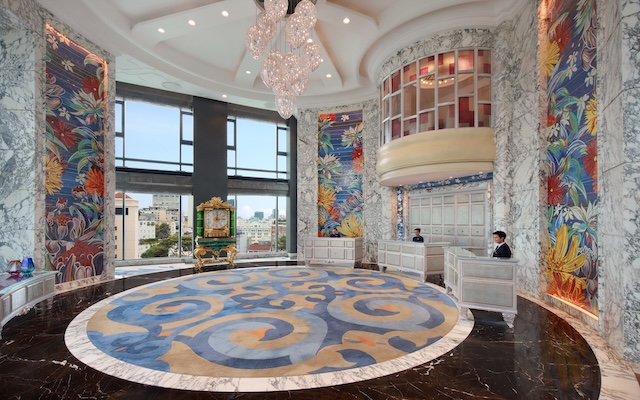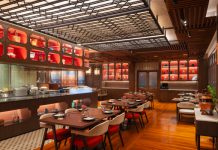The Singapore Tourism Board (STB) has just released findings from the national study on the carbon impact of business events, and undertook its first carbon-neutral tradeshow participation. STB deputy chief executive Yap Chin Siang explains what these initiatives mean for the industry
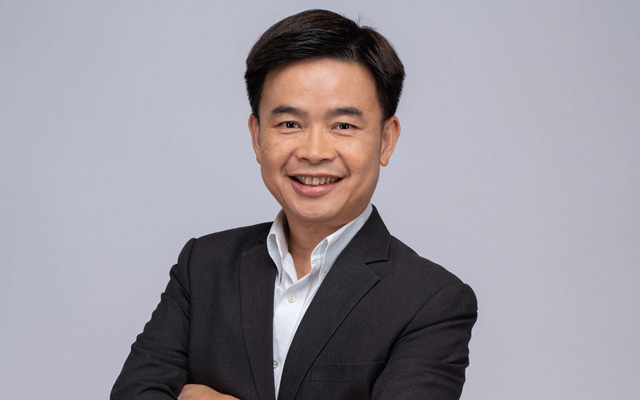
The national MICE Industry Carbon and Waste Baseline exercise looked into six venues to obtain data on the Singapore MICE industry’s impact on the environment. What sort of venues were studied, and why only six?
They are the six purpose-built venues for business events in Singapore – Changi Exhibition Centre, Raffles City Convention Centre, Resorts World Convention Centre, Sands Expo and Convention Centre, Singapore Expo, and Suntec Singapore Convention & Exhibition Centre.
We have chosen to focus our attention on these venues because this is where we believe that the bulk of the industry’s carbon footprint can be captured. Data gathered from them can also be consistently tracked.
There are many hotels in Singapore with extensive business event facilities. Will these venues be tracked eventually too?
At this point, no. We have the Singapore Hotel Sustainability Roadmap that sets out a different set of strategies and targets for the hotel industry. The work we do with the MICE Industry Carbon and Waste Baseline exercise is focused on the MICE sector and specifically on purpose-built business events venues.
The study showed that 94 per cent of business event venue-related emissions come from energy. Most of the six major venues have been upholding sustainability practices in energy use and conservation, such as by generating energy from solar panels. Is that finding concerning then? What else will venues have to do to reduce energy emissions?
These venues have indeed, as you say, put in a lot of effort to be sustainable over several years.
The data we have collected provides a baseline. It is not an indication of whether they are performing well from the sustainability perspective. The baseline allows us to see how much emissions were released in 2023, and how we can work purposefully with additional measures towards a more sustainable operation.
The study shows that energy is the main source of emissions. So, we have to continually work with the venues to find out whether there are more sustainable energy sources they can put through the system. Not every venue is able to fit in solar panels, they may not have the space for it. They will then have to look at other ways to mitigate their energy footprint.
Will offsetting with carbon credits be part of that mitigation, or would the priority be to minimise emissions right from the start?
We are adopting best practices and guidelines established by the net-zero events methodology, so we have to look at a few things.
Firstly, is it (activity or energy use) something that the venue or the industry can influence in terms of decision-making?
Secondly, what is the relative size of the emission proportion. Most of the major events that take place in Singapore are held at one of these six venues, so collectively these venues do account (significantly) for the emissions of the entire MICE industry.
Thirdly, the significance of the action taken to reduce emissions and remove some of that carbon footprint.
Of course, we recognise that it may not be feasible in every situation to totally remove carbon from the equation. We have to be realistic. Our core focus is to address carbon removal and reduction. When there are no other choices for residual emission, then carbon offsetting will be one solution.
STB’s new initiative to be as carbon neutral as possible when participating in international tradeshows for the business events sector is a great move. Is there a cost challenge to this though? You will have to pay to store and transport reusable stand materials, for example.
Some sustainability features are cost-beneficial; they can be recycled and reused and there is no need to pay for tear-down. Some measures come with a negative cost impact.
So, we have to look at our actions holistically. At the end of the day, we want to be responsible global citizens. We want Singapore to be a sustainable urban destination.
The trends are very, very clear – sustainability is increasingly at the forefront of business considerations. sustainability is no longer something that is good to have, but a business imperative.
We have to work with the entire ecosystem of MICE players to see how best we can incorporate sustainable features into the destination offering, so that event organisers and business travellers can choose how sustainably they want to interact with destination Singapore.
STB has to lead by example. To get to Frankfurt, we opted for direct flights (which have lower fuel burn and carbon emissions than longer, indirect options), we chose a sustainable hotel for accommodation, we used a caterer that provided sustainable food options, and our team commuted to the exhibition hall on foot.
There is a range of measures that we can take, some of which don’t cost money; others need a little more personal effort, and we are prepared to wake up half an hour earlier for commuting so as to minimise our carbon footprint.
There will still be emissions that cannot be reduced, and we are committed to purchasing carbon offsets to ensure that our participation in international tradeshows are carbon neutral. We obtain high-quality carbon credits such as cookstove projects.
Sellers exhibiting as part of the Singapore pavilion at IMEX Frankfurt must do the same, yes?
Many of the 34 industry participants with us were also committed to this sustainable initiative.
And you said STB will uphold this carbon-neutral tradeshow participation at IMEX America and IBTM World too?
Yes, and there is a lot we can learn from our experience at IMEX Frankfurt. We will review feedback after the event, and see what else can be done.
While preparing for your net-zero participation at IMEX Frankfurt, were there instances where you and your team thought, hey, maybe this sustainable step is harder to take than we had expected?
Well, you are right, it is not such a straightforward case. Different players are at different stages of their sustainability journey; some more ready than others. We recognise that, and we do not expect a one-size-fits-all solution (to our carbon-neutral tradeshow participation).
However, we do want to get every member of the industry to come around.
STB serves as an evangelist to issue this clarion call to galvanise our industry towards this sustainable direction. We will have to overcome some inertia in this transformation process. We all have to start somewhere.
So, now, we have taken this step forward, and we will continue to do what we can to rally our industry by raising awareness of sustainability solutions and by demonstrating our commitment through efforts like this.




